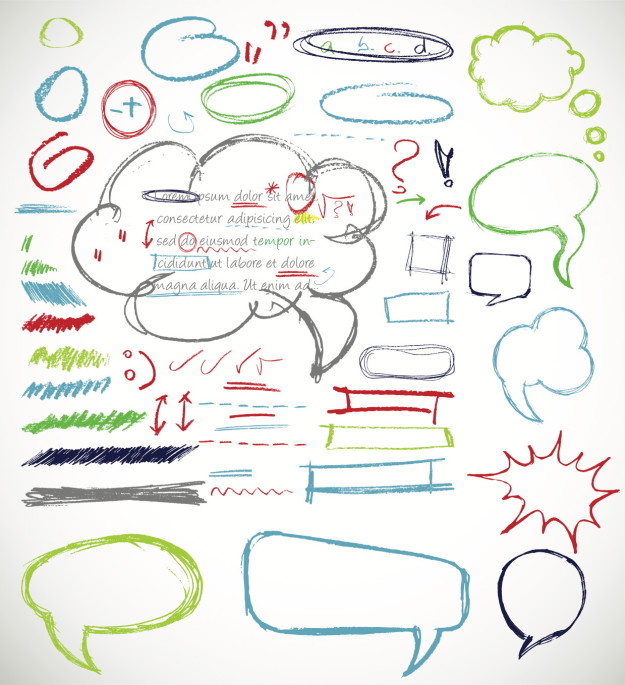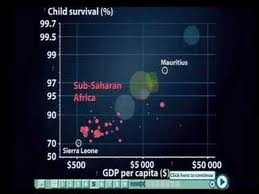20 Inspirational Quotes for Anyone
I’ve collated some of the most interesting quotes I have read, from the plethora of quotes that are out there. They were said by a variety of experts, thinkers and professionals, all from different backgrounds, eras and industries. However, they all have one thing in common – they all apply to daily [business] life. Whether…




 You’ve never seen data presented like this. With the drama and urgency of a sportscaster, statistics guru Hans Rosling debunks myths about the so-called “developing world.”
You’ve never seen data presented like this. With the drama and urgency of a sportscaster, statistics guru Hans Rosling debunks myths about the so-called “developing world.”